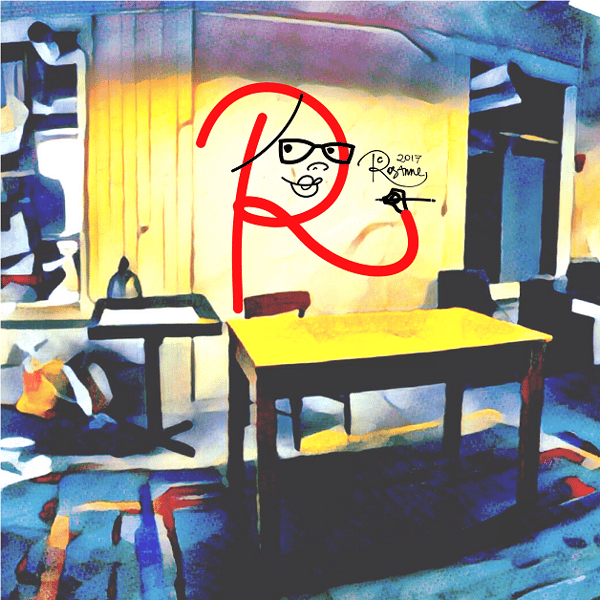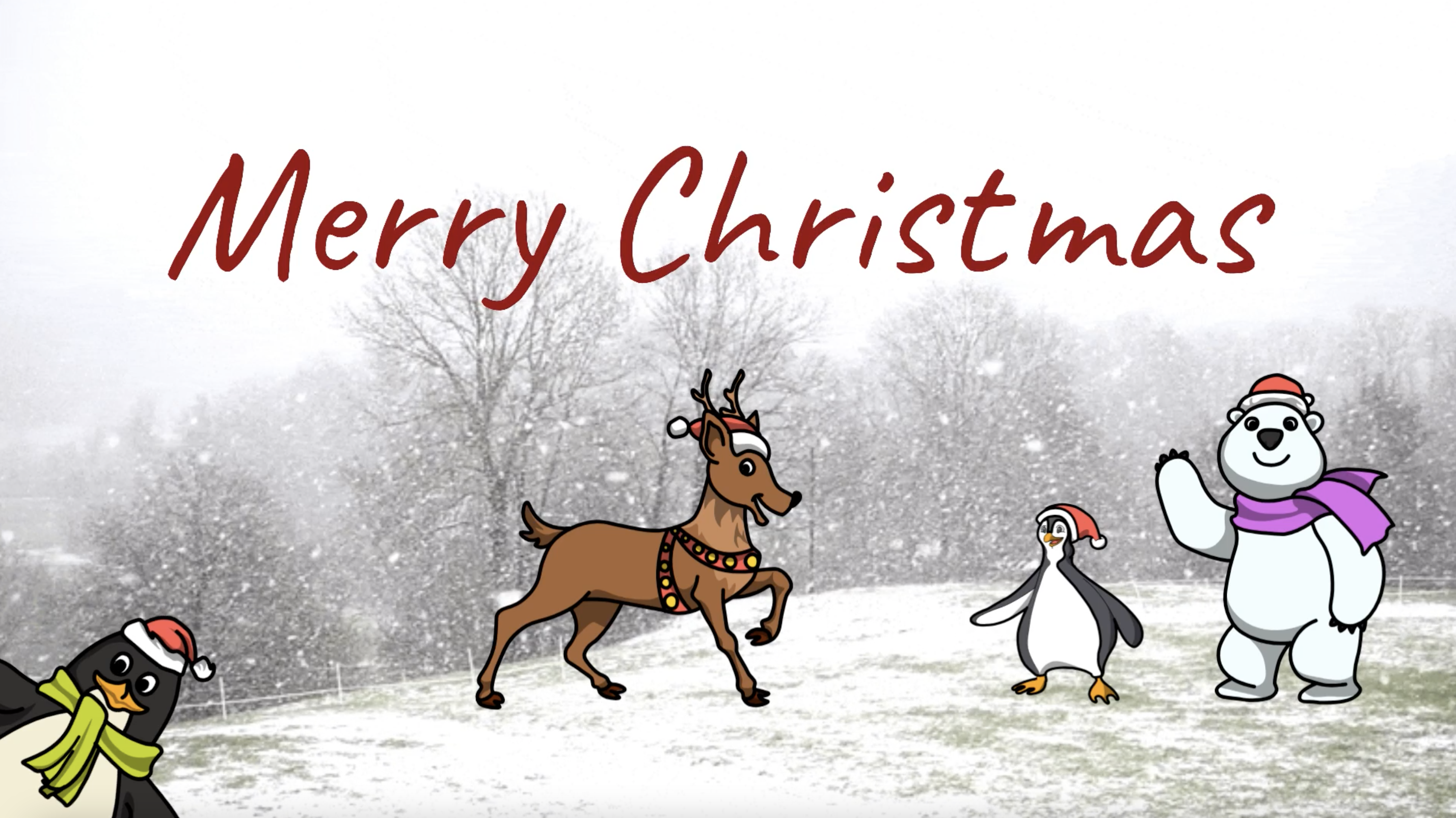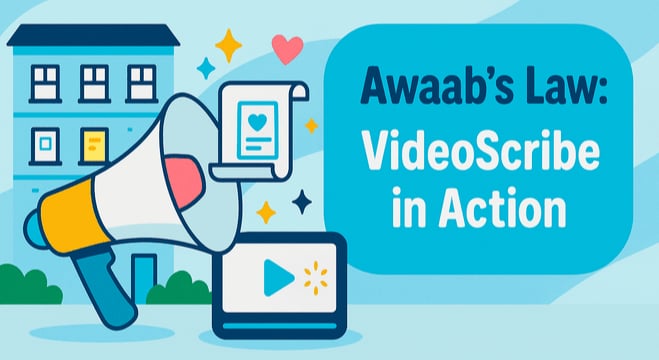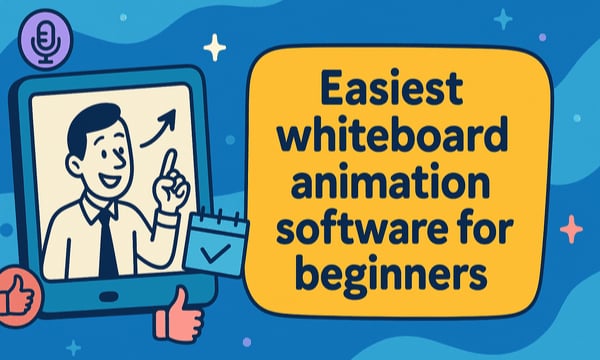We chatted with Rosanne Lambert, our very first #likemyscribe competition winner about her scribe and how to make a winning video.
Take a look at our Q&A below:
Since you won the #likemyscribe competition we have had a number of people asking how you achieved certain effects in your scribe.
At 0.07 seconds, an animation bounces in (character swamped with paperwork and hands sticking out). How did you get that effect?
"I try to incorporate some aspects of my classical animation training, amidst scribing or whiteboard-style animation. In this instance I am using the classic frame-by-frame "squash and stretch" principal, to emphasize the motion of getting squashed and flattened by a mountainous to-do list."
Can you give us an insight into your creation method?
"Because VideoScribe is so accessible to the average consumer, I think most people don't realize that in the hands of an artist this tool can be so much more.
Before I even get to it, I write a script, sketch out a storyboard, and create original illustrations. In terms of hardware, I always start with a pencil on paper. When I'm ready to digitize a shape or design I've worked out in my sketches, I then redraw it digitally. I used to prefer a WACOM tablet for this but nowadays, I much prefer the direct nature of a stylus on a touchscreen, or a Boogie Board Sync.
The winning #likemyscribe short was for the most part, illustrated in iDraw for iPad and the reason for this is that I was without an art studio at the time, preferring to illustrate on my iPad from any location at home, library, park, cafe, office, etc. It was quite liberating to discover I could do this anywhere!
Once an illustration is imported to VideoScribe on my Mac, it can be drawn in on screen, moved into screen, or morphed from another object already on-screen. I play with those features and exact their timing, to achieve unique effects."
Do you have any other tips for people who enjoyed your scribe and want to create something similar?
"Alfred Hitchcock always started with a strong script, story-boarding each scene well in advance of shooting. I highly recommend this! Storyboard your script so that you're only illustrating the images you need to tell the story. This is particularly helpful if you work with clients and contractors. A storyboard is really the only effective way to communicate a vision of audio and imagery to other people, before it is produced."
Rosanne, thanks again for your great scribe!



.png)



![How to create animation magic [3-part guide to video success]](https://blog.videoscribe.co/hubfs/How%20to%20create%20animation%20magic%20guide%20VideoScribe.png)





COMMENTS